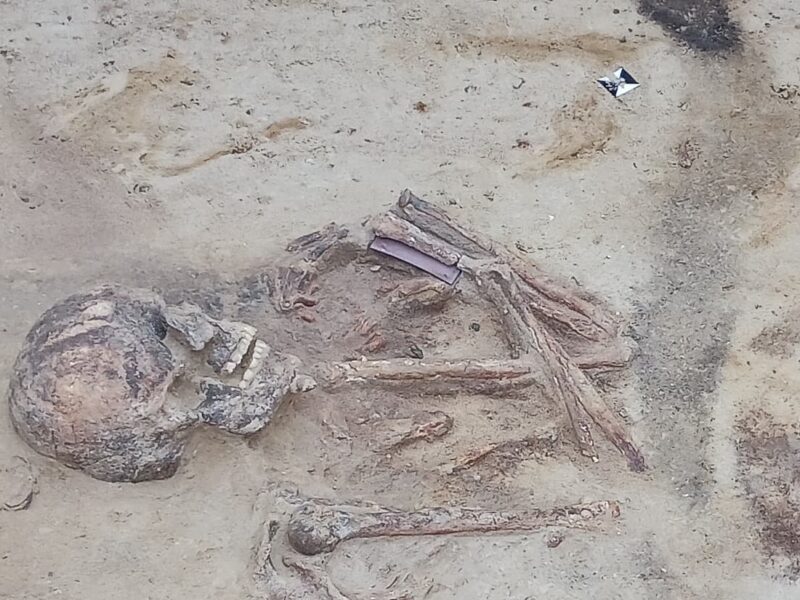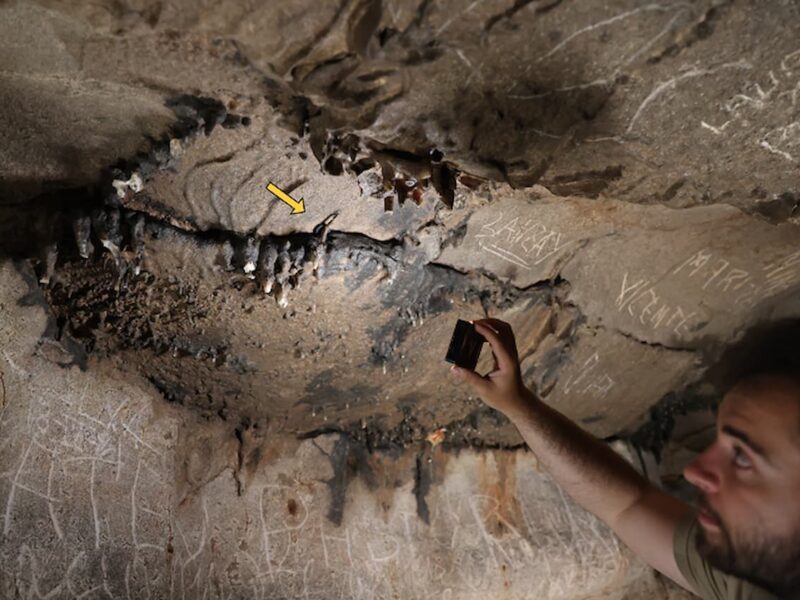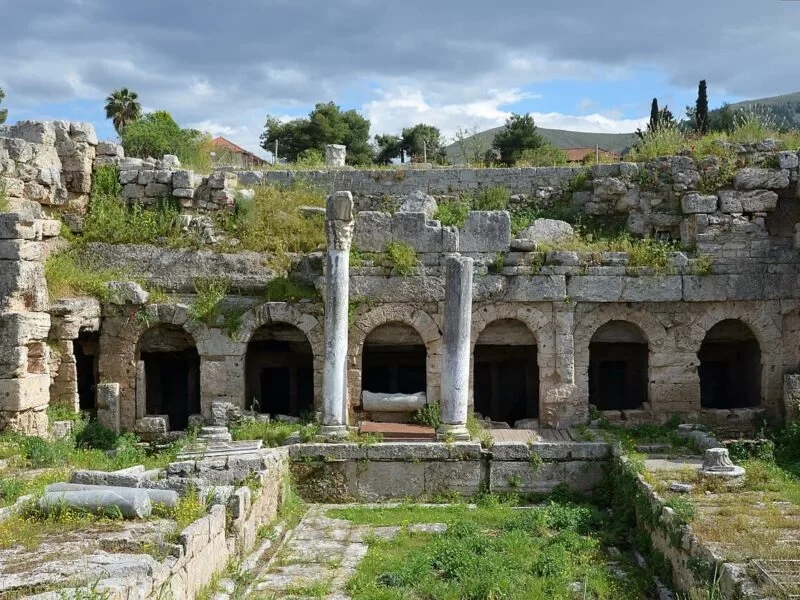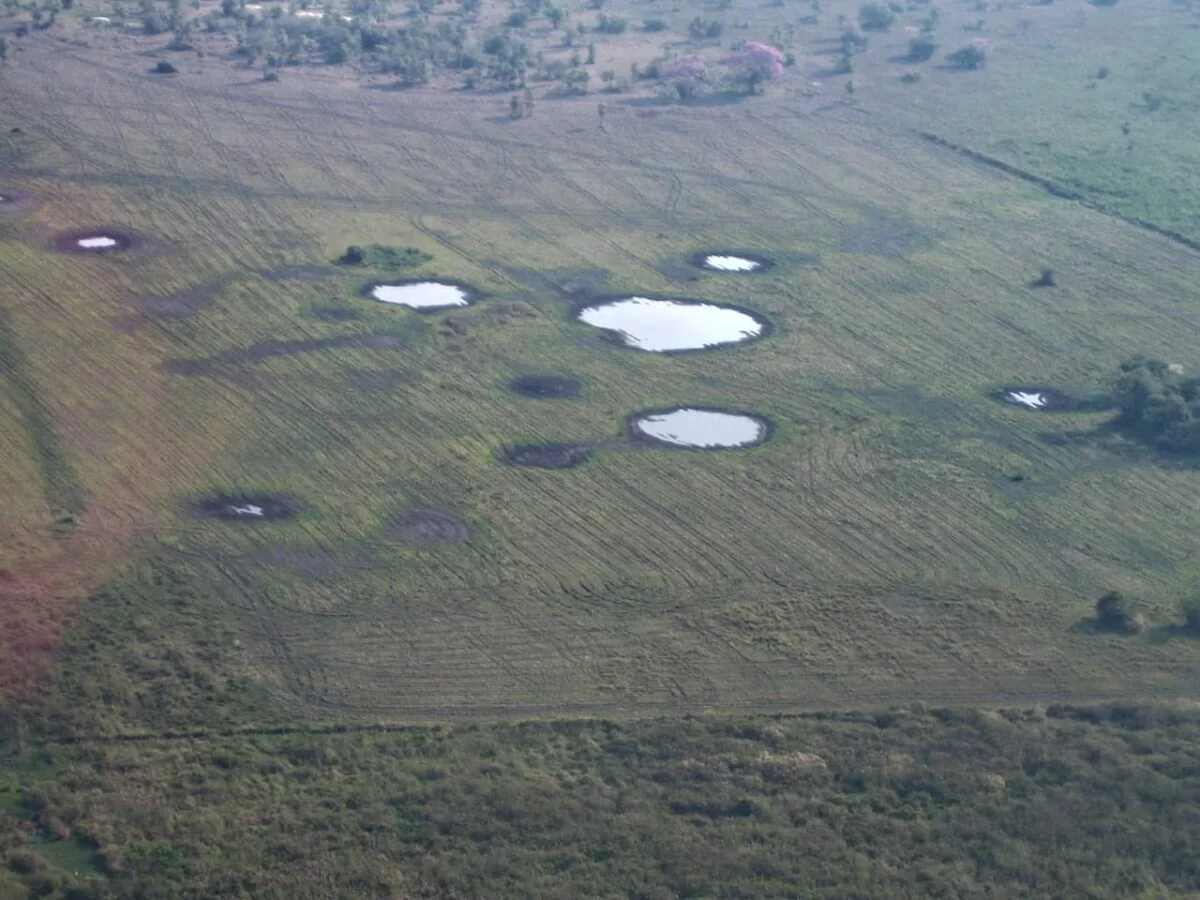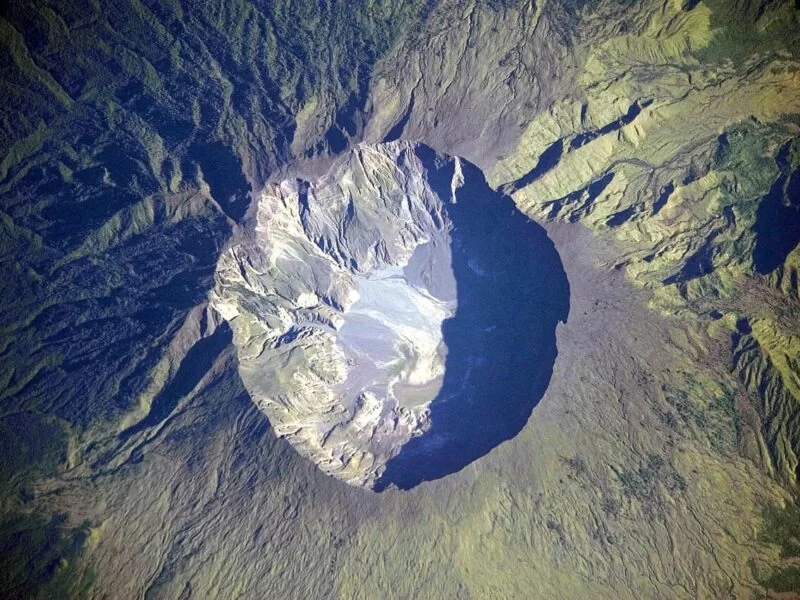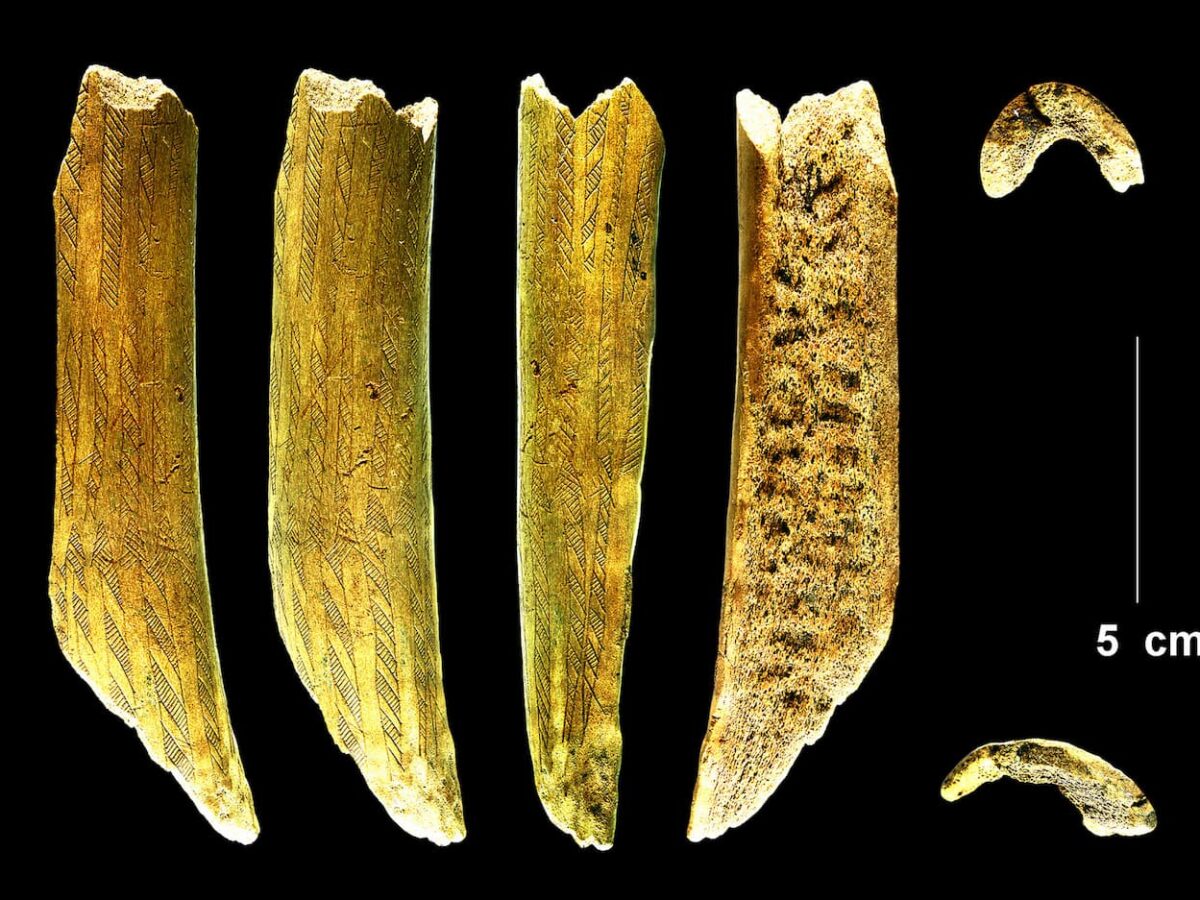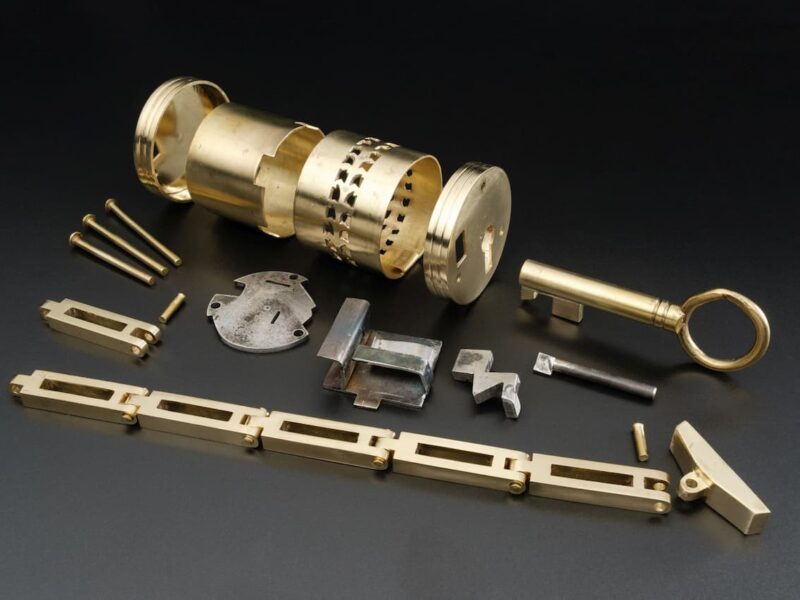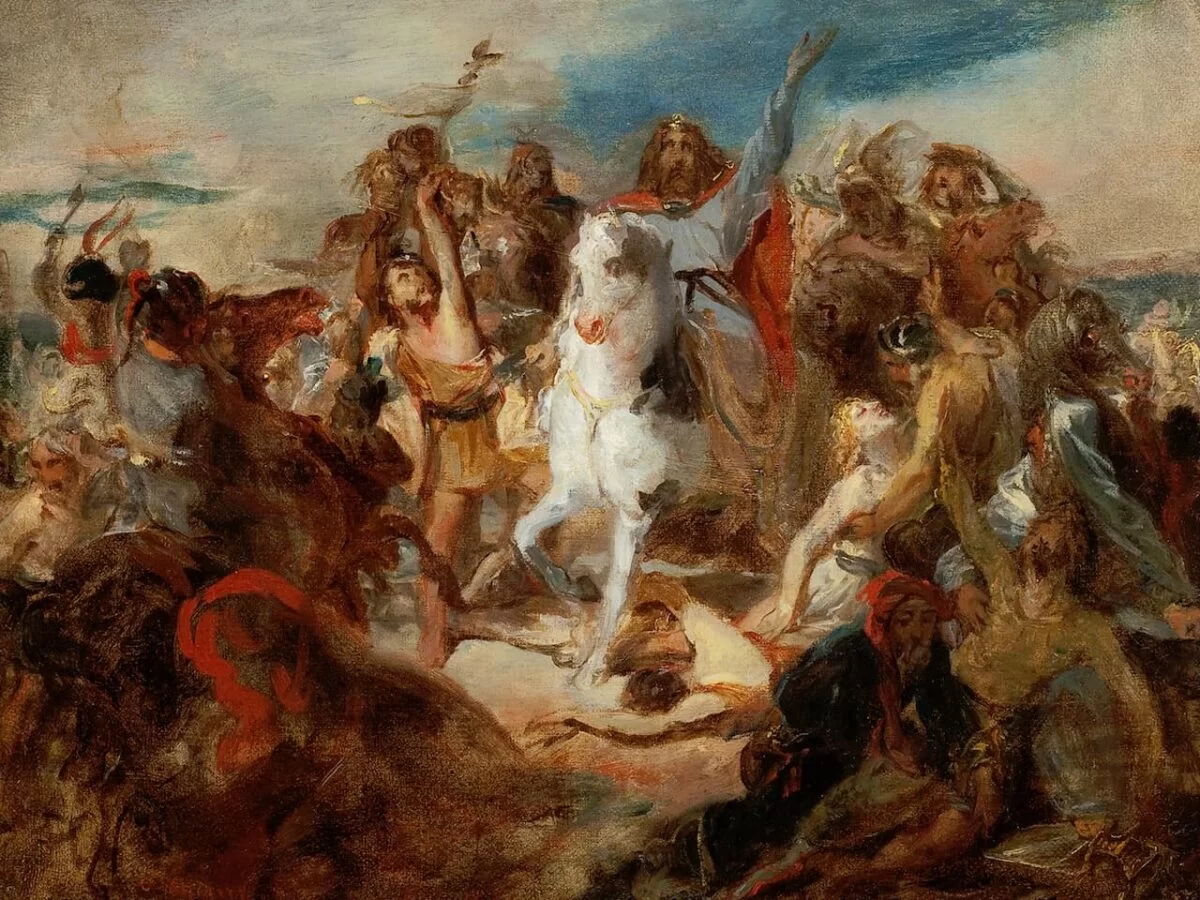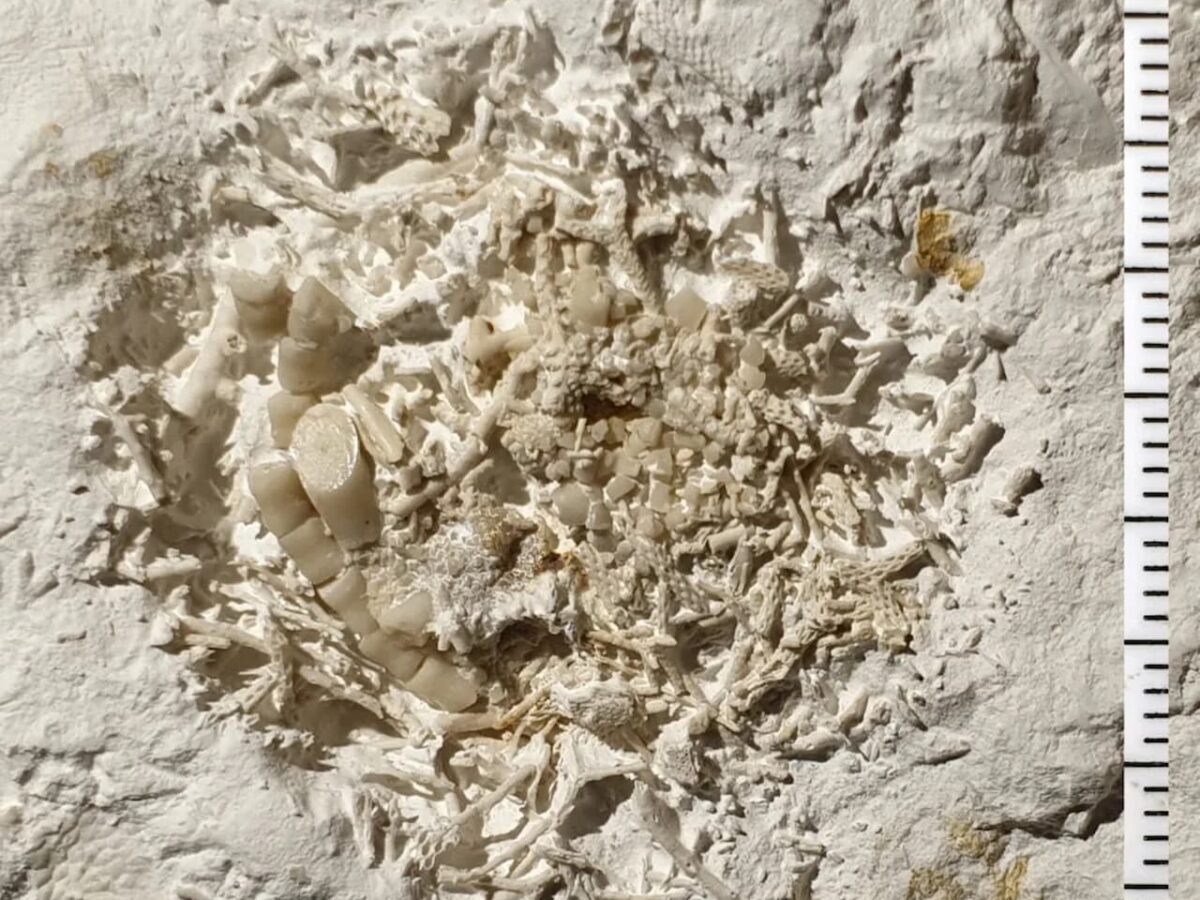The mystery of buried women simultaneously with more than 270,000 accounts made with sea shells, stone and bone 4900 years ago

In the southwest of Spain, in the burial of the Tholos de Montelirio (built between the years 2900 and 2800 BC), which is part of the megayacimiento of the Copper Age of Valencina de la Concepción (Sevilla), it was found between 2010 and 2011 which constitutes the largest set of accounts ever documented in a single burial.
It’s about Montelirio accountsa set of beads that were part of unparalleled accounts outfits that carried some of the people buried in the grave, mostly women. These accounts, also found in the structure adjacent to Tholos known as “the Ivory Lady”, have revealed not only a complex artisanal production network and marine resource trade, but also the Preeminent role of women in hierarchies for more than 4,000 years ago.
During the last five years, a multidisciplinary team has carried out an exhaustive study of the material, using radiocarbon dating methods, morphometric and archeobotany analysis, in addition to experimental reconstructions. The result? An unprecedented discovery: more than 270,000 accounts made mainly with marine shells and, to a lesser extent, with stone and bone.
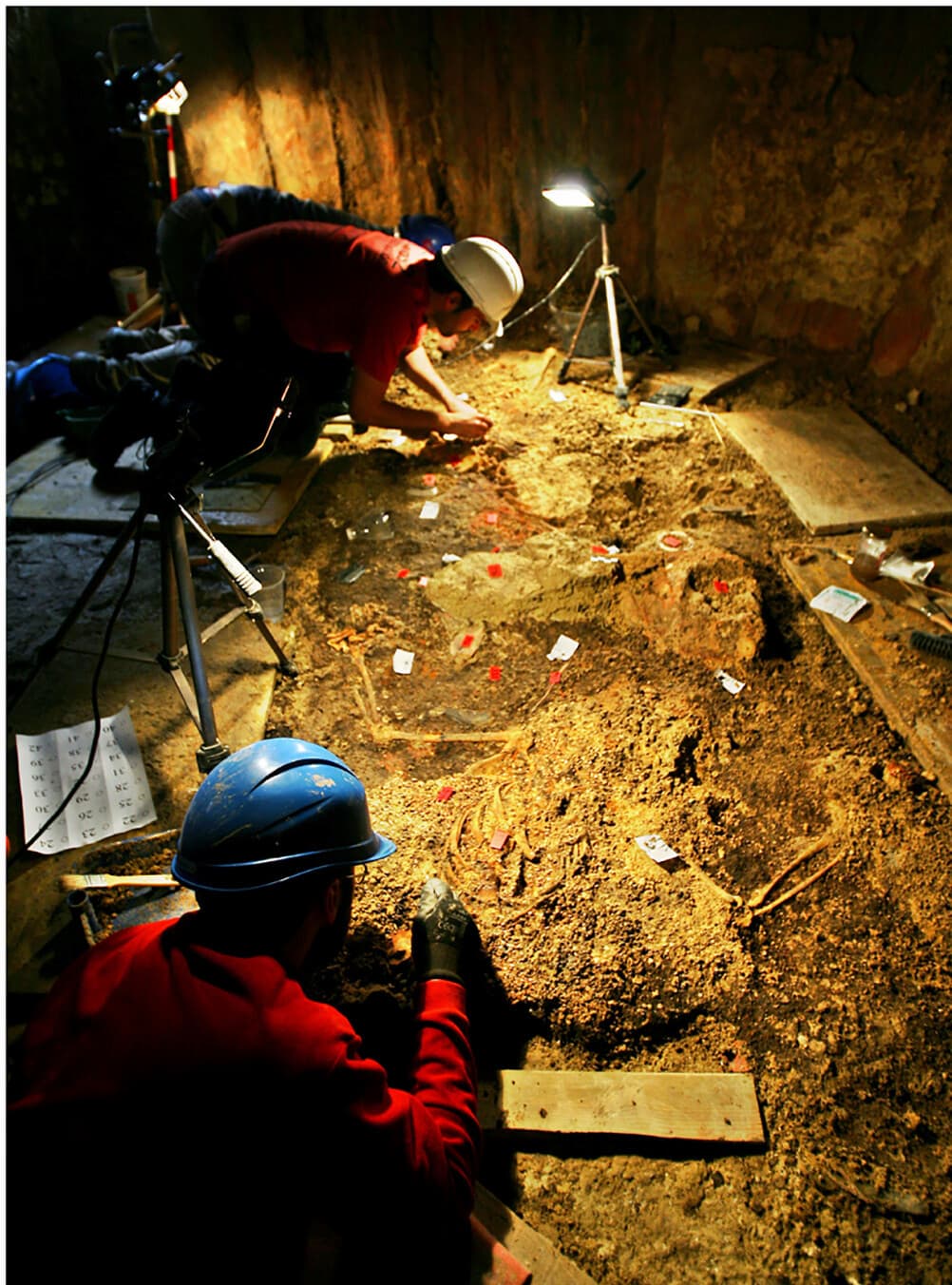
The finding was made in the context of the Mega-Sitio of Valencina, an enclave of more than 450 hectares that, in the third millennium AC, was erected as a nerve center of exchange, artisanal production and rituality. Among the most relevant tombs is Montelirio, where archaeologists have identified multiple burials, mostly women, dressed in accounts attire that symbolized their status and power within the community.
The analysis of the materials has determined that most of the accounts were manufactured with marine shells, mainly of the families Pectinidae and Cardiidaemollusks typical of the Iberian Atlantic. The use of these materials suggests a link with the sea, either as a symbol of prestige or connection with spiritual beliefs linked to water.
The researchers have calculated that the elaboration of this set required an amazing amount of resources and work. It is estimated that the production of all accounts would have needed about 247,500 hours of workequivalent to approximately seven months of uninterrupted work by a team of ten highly qualified artisans. In addition, the amount of shells used for manufacturing reaches almost a ton of marine material, which underlines the sophistication of this production and its impact on the economy of the community.
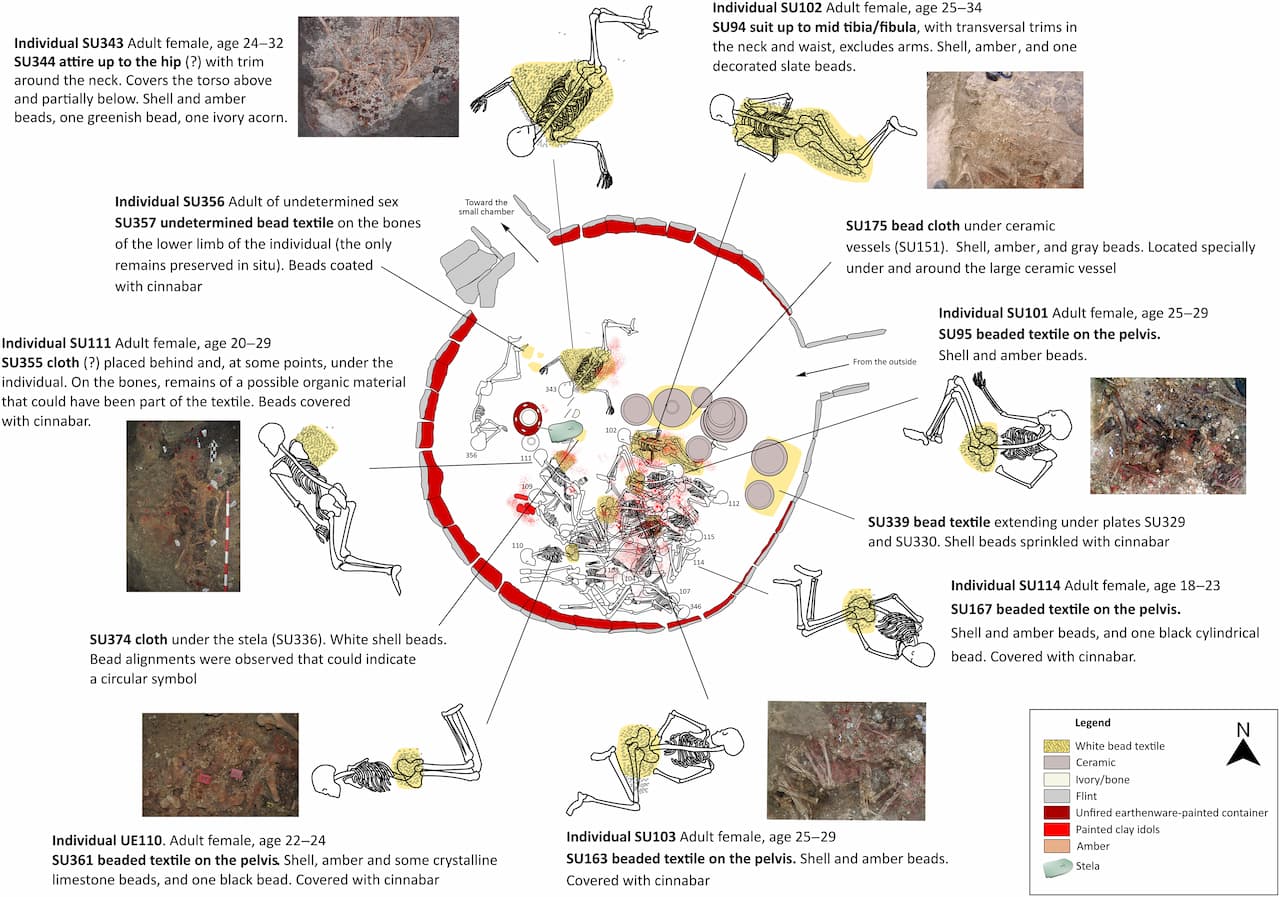
The use of these accounts in the clothing of women buried in Montelirio reinforces the theory that in this society Women played a fundamental role in the political and religious sphere. The analyzed attire include full -body robes, skirts and cloths, decorated with elaborate patterns that indicate a high degree of symbolism.
Two of the most prominent individuals, identified as UE102 and UE343, carried accounts robes that positioned them as figures of great relevance. In particular, the EU343 body was placed In the center of the funeral chamber in a ritual posture with the arms raisedwhich has been interpreted as a representation of a ceremonial or priestly leadership role.
Radiocarbon dating has confirmed that accounts They were manufactured shortly before the death of those who carried themwhich reinforces the idea that these outfits were specifically designed for funeral rituals. However, the possibility of that all women were buried simultaneously raise questions about the nature of the event that led to his burial.
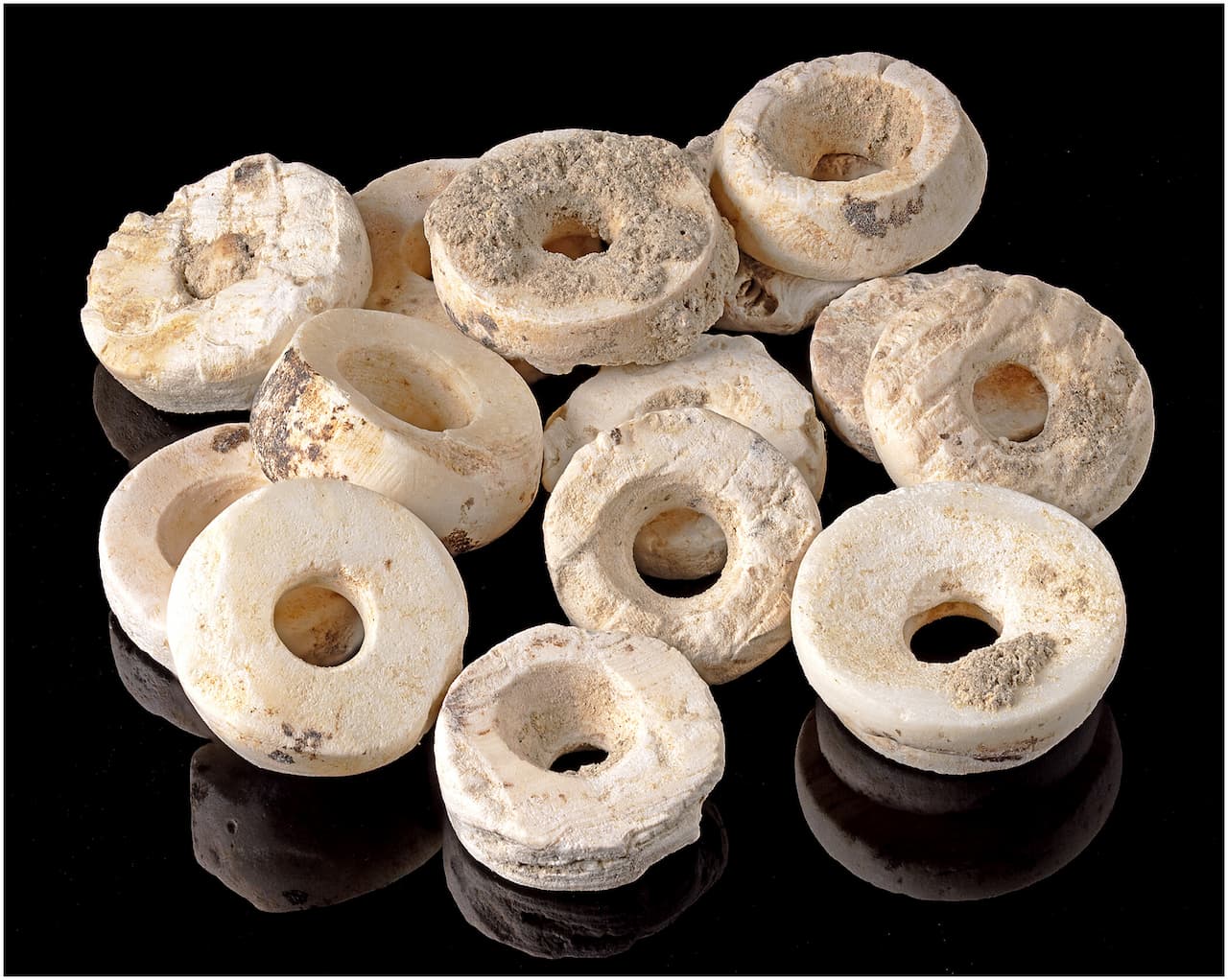
Comparative analysis with other findings suggests that This type of clothing was not common in other contexts of the timewhich underlines the singularity of Montelirio. Compared to burials from other prehistoric cultures, such as those of Sunghir in Russia or Ba’ja in Jordan, where accounts have been found in considerable quantities, the case of Montelirio stands out for the magnitude of the set and its probable political and symbolic function.
The study of the Montelirio accounts has opened a new chapter in research on copper age societies in Europe. The sophistication of manufacturing, the amount of resources used and the role of women in this context suggest a more complex society than previously believed.
There are still many questions to answer. How was artisanal work organized in Valencina? What meaning were exactly these clothes in the life and death of these women? And, above all, why did this tradition disappear without a trace in later periods?
SOURCES
Leonardo García Sanjuán et al., A Multi-Analytical Study of the Montelirio Beaded Attires: Marine Resources, Sumptuary Crafts, and Female Power in Copper Age Iberia. SCI. ADV. 11, EADP1917 (2025). DOI: 10.1126/Sciadv.ADP1917
Discover more from the green compass
Subscribe and receive the latest entries in your email.

